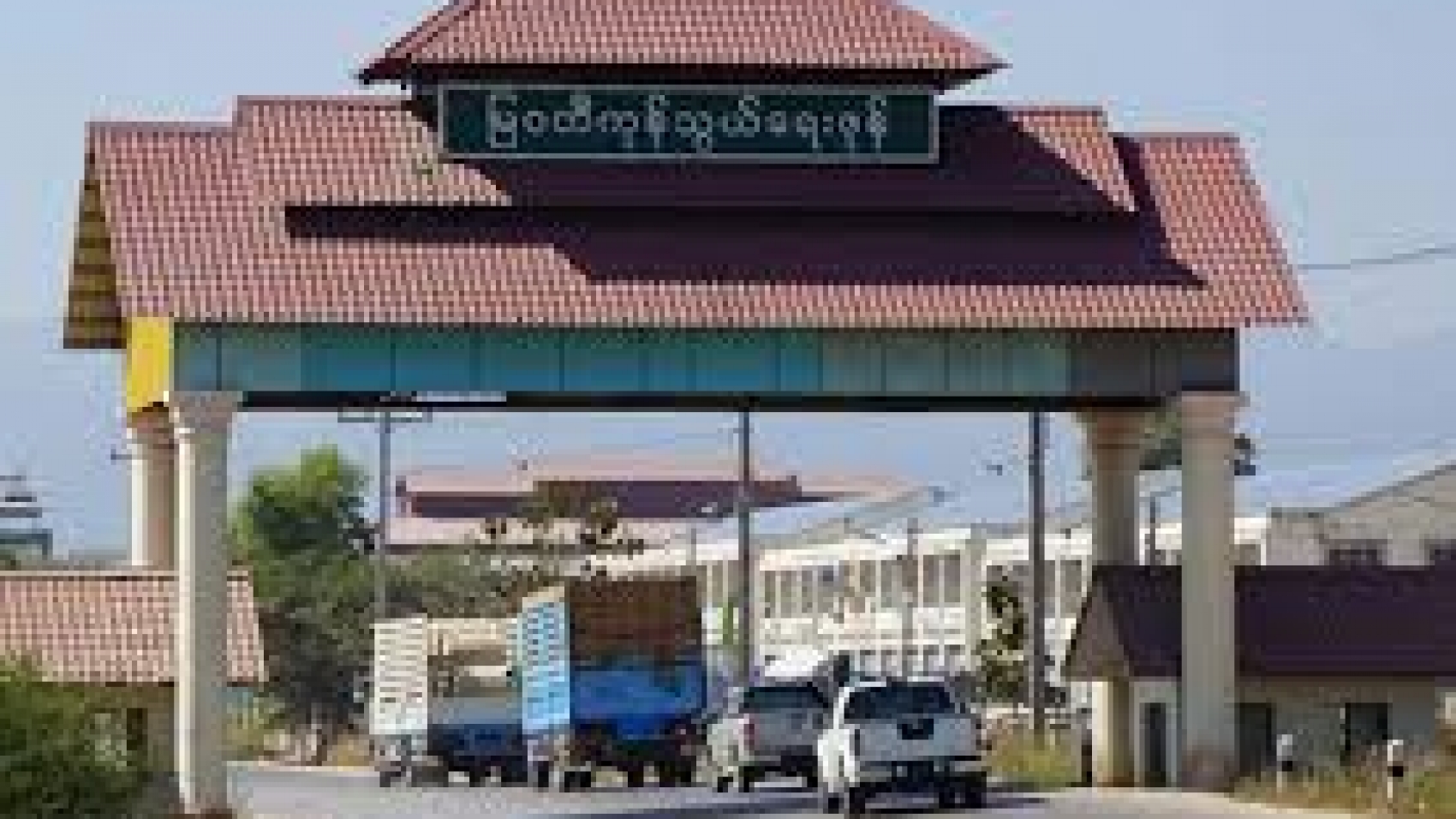The price of black beans in the domestic market has risen by over K50,000 per tonne because of the appreciation of the US dollar exchange rate, according to the Yangon Region Chamber of Commerce and Industry (Bayintnaung commodity depot). Although the dollar exchange rate stood around K1,330 per dollar in the local currency market at the end of January, the rate jumped to K1,400 per dollar on 4 February. Therefore, the black bean’s price has amounted to K975,000 per tonne on 10 February, increasing from just K923,000 per tonne on 3 February, increasing over K50,000 per tonne. Similarly, the price of the pigeon pea is also about K810,000 per tonne.
The new harvested black bean is currently entering the domestic market. The traders demand it from India, Pakistan and Bangladesh. The first October of 2020 saw the Ministry of Commerce and Industry of India issue a notification to purchase 150,000 tonnes of black beans. The import deadline is March 2021. The licence will be equally granted for India’s companies.
At present, Myanmar has already exported nearly 100,000 tonnes of black beans. The remaining 50,000 tonnes of beans will continuously be exported, according to Myanmar Pulses, Beans and Sesame Seeds Merchants Association (MPBSSMA). The newly harvested black bean started to enter the market. The black bean plantations yielded around 400,000 tonnes annually, and the bean is mainly exported to India.
Similarly, about 50,000 to tonnes of pigeon peas are produced yearly and exported. Myanmar has also produced about 50,000 tonnes of pigeon peas annually and exported them chiefly to India. Since 2017, India has been setting import quota on beans, including black beans and pigeon peas. Myanmar has to export black beans and pigeon peas under a quota system and limit period. Consequently, according to market observers, there is no guarantee that we could get the prevailing market price next year. Following no assurance of black beans and pigeon peas in the market, the association suggested on the end-October that the local farmers grow the black-eyed beans more.
Source: The Global New Light of Myanmar

